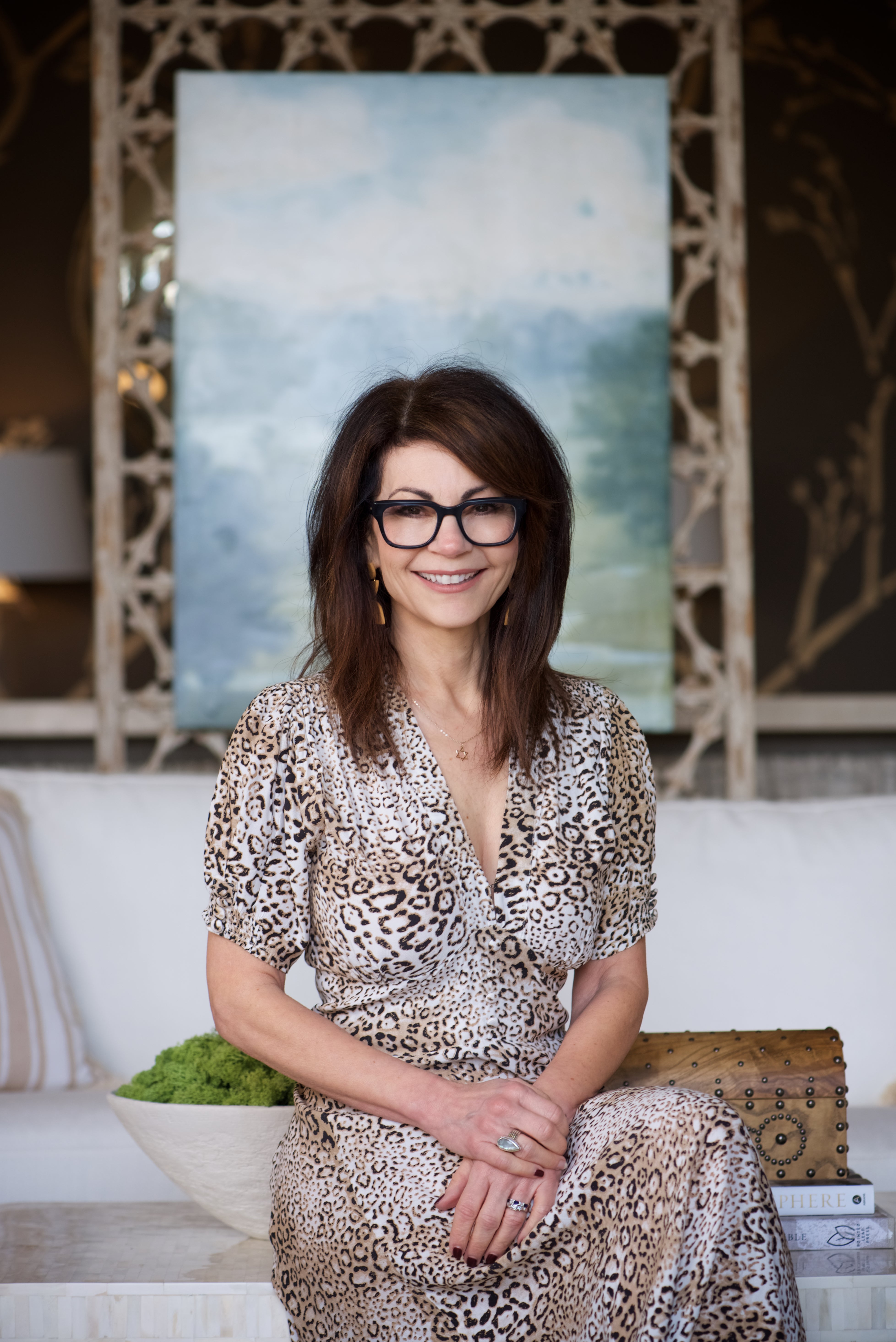The 50 States Project is a yearlong series of candid conversations with interior designers we admire, state by state. Today, we’re chatting with Ridgeland, Mississippi–based Lisa Palmer, who shares why she never turns down work, how the pandemic turned local design competitors into friends, and the best compliment she’s ever gotten from a client.
You have two locations for your retail store and design firm—how did you get started in design?
I got my interior design degree from The University of Southern Mississippi, took a little break to have my first baby—he is now 36 and lives in Nashville—and then started at the bottom. First I mixed paint for spec homes in a paint and decorating store, then I worked for people. I spent 11 years at a contract company that did a lot of floor coverings; as head of the residential division, I took it from just floor covering into furniture, drapery, accessories and whole houses. When my husband got out of med school, I became an associate with a local designer for several years, then launched my own firm.
After a while, I realized that I was traveling to find one-of-a-kind pieces and more classically modern pieces in Atlanta, New Orleans, Birmingham and other larger cities because we didn’t have anything here in town. We had one super-traditional store that was high-end, but I just couldn’t really find what I was looking for. At the time, people were starting to say, “I want to sit in it,” “I want to touch it,” “I want to feel it.” So in 2002, I opened SummerHouse, a small shop in our historic arts district here in Jackson. It was 1,100 square feet in a really wonderful location next to a coffee shop—just me, my assistant and a part-time person who all knew each other in this little shopping center, which was super fun. At the time, I was carrying Cisco Brothers, Amy Howard furniture and some one-of-a-kind pieces. [My firm was called] Lisa Palmer Interiors at the time and it was just me, so when I started SummerHouse, I melded the design business with the retail end.
People weren’t shopping online yet, right?
Heavens, no! There was no Pinterest, you ripped pages out of magazines. I had probably eight volumes of three-ring binders that had my favorite rooms and little details I’d mark. I mean, I’m still a paper person, really. I love magazines.
What was the reaction to the shop when you opened?
We had modern pieces mixed with crusty antiques on sisal flooring under beautiful chandeliers, so it was a wonderful mix—and [a look] that was kind of new to this area at the time, [which helped me] gain a good footing here. There wasn’t social media, so you had to grow organically and by word of mouth, which is always the best. People could come in and buy gifts, pillows, lamps, those kinds of things, but it was almost like my showroom was saying, “Hey, y’all, this is me. If you want this, you’ll hire me.”
I found that people were [gravitating] away from the swags, cascades and bullion fringe. They wanted [their spaces] to be a little more clean—a little mhore urban city [mixed with] the Southern atmosphere, you know? And I loved it! I loved my little spot and my small staff, and it was really fun for two and a half years.
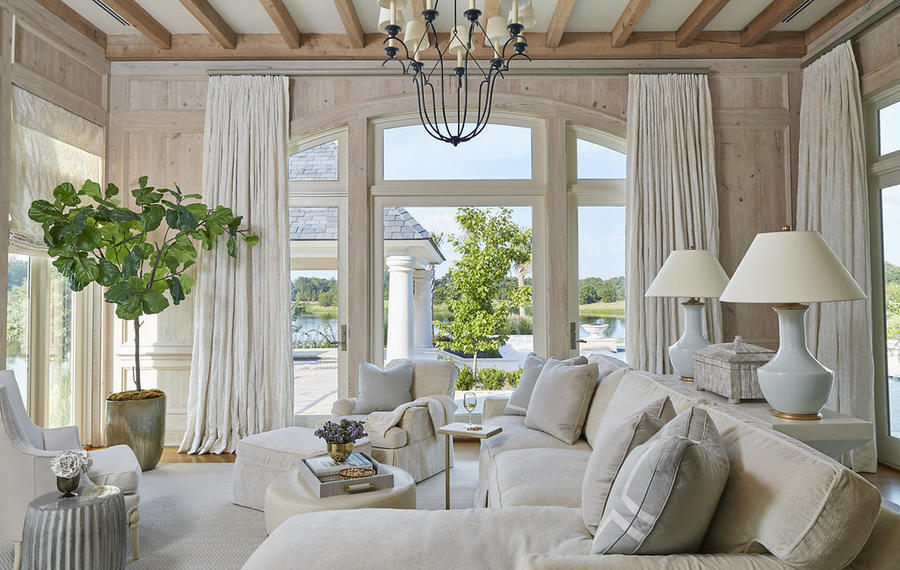
What happened after that?
I was in Birmingham on my way to January Market in Atlanta when I got a call at 6:30 in the morning that my store was on fire. I shared a resource library with another designer who had her own business and a lot of French antiques—our [spaces] were connected by the library. The fire started in her space, but the heavy dark smoke entered into mine and destroyed everything I had—all my furnishings got water damage and smoke damage.
Wait, so you lost everything?
The people that used to hang out at the coffee shop next to me busted my door down and got my computers out. They were my heroes. They got my computer out, and also my front desk and all my files, before it really got bad.
So you at least had the paperwork for your business intact, if not the store.
I did, I did. Unfortunately, my wonderful neighbor next door lost everything. The fire truck was still there and a gazillion people all outside when I finally got back into town, and of course I burst out crying—but after the shock of it all, I didn’t let it get me. Literally two days later, my two staff members and I had my computer set up in my dining room at home, and girl, we just kept going. I had to. I had projects and people—and I had to deal with salvaging everything. I can’t even remember how much on the dollar I got from somebody who just sort of bought all the damaged stuff.
How did you decide to rebuild?
At the time, I was working on a big project—a 12,000-square-foot space that I’d just about completed for an attorney. He and his partner said, “We want to be a part of whatever you do next.”
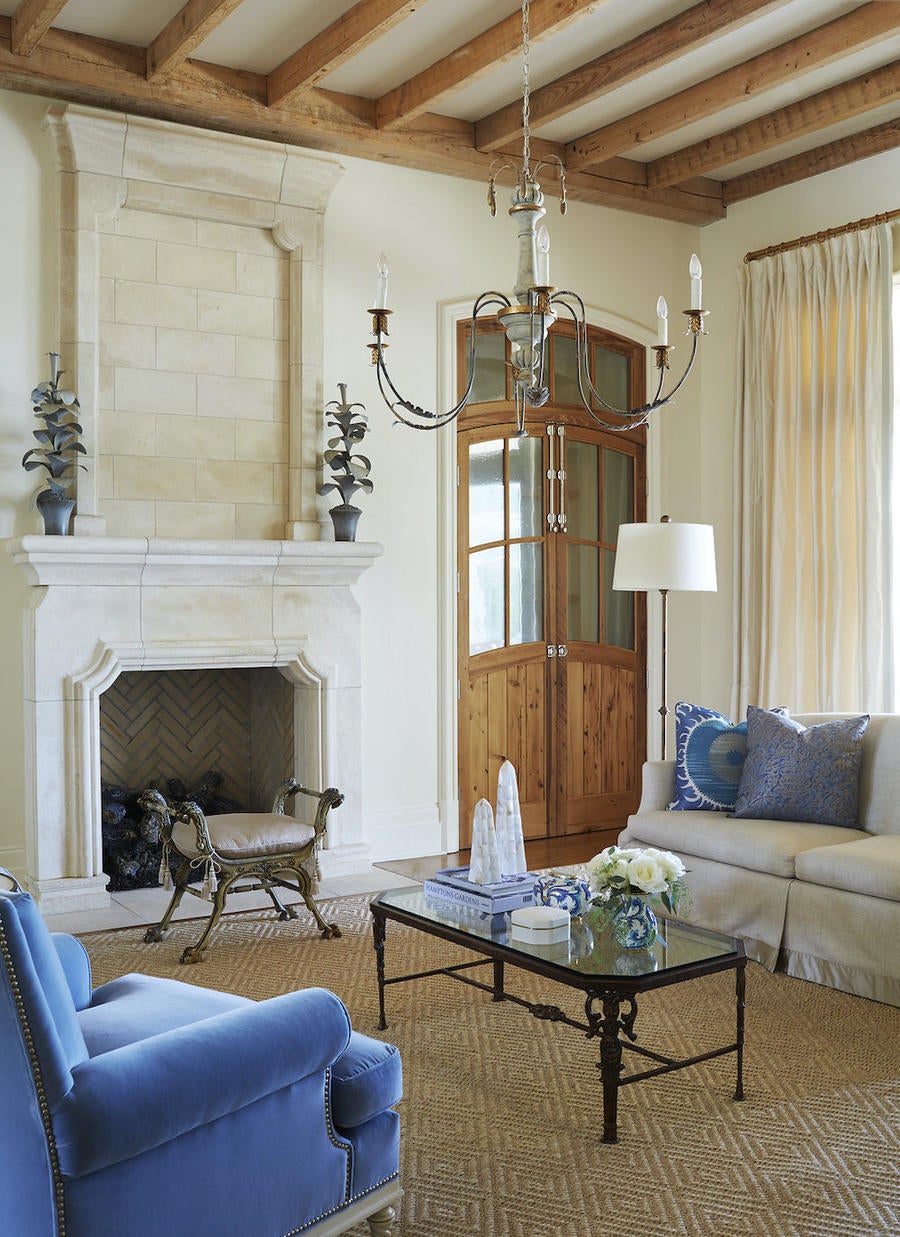
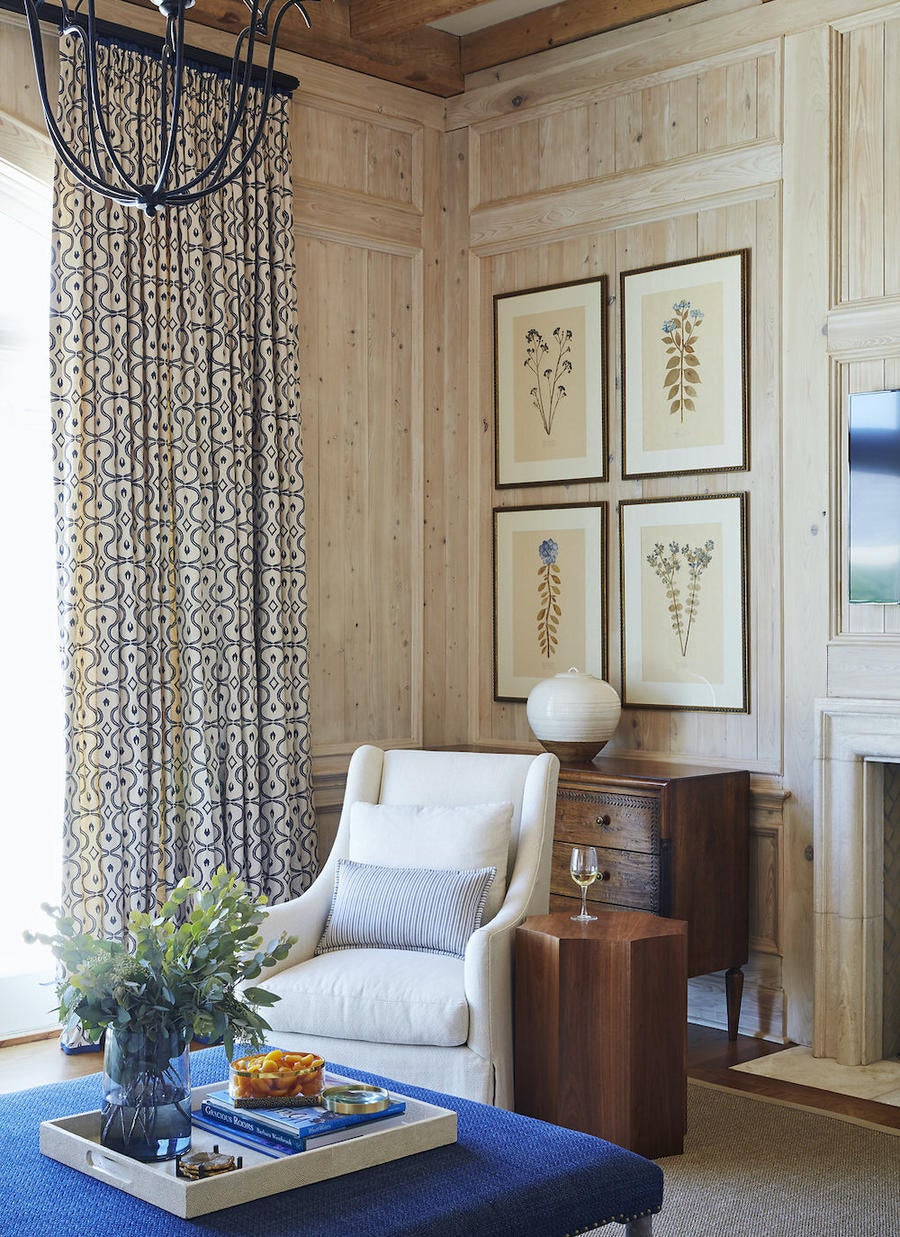
Wow. You moved to a new part of town, right?
I really wanted to stay in that arts district, but they were older buildings. The fire started from an electrical situation, so I was like, “Maybe it would be smart if I went somewhere brand spankin’ new.” So I came out north to Ridgeland, which is right across the county line from the Jackson area, and [opened the new] SummerHouse. It’s about 6,900 square feet of showroom and 1,900 square feet of resource library. I got a bigger staff, built the place out, and I’ve been here now for almost 16 years.
And the business is still that mix of retail and interior design?
Absolutely. The showroom downstairs is so much bigger than my little store was, but it’s still SummerHouse—still the same basic philosophy of a cleaned-up, traditional, classic-modern mix of one-of-a-kinds and new high-end upholstery and case good pieces, and it’s really beautiful. The whole front and side of my building is all windows, so we have all of this incredible natural light.
What does your team look like?
Right now, I’ve got a staff of about 18. Here in the office, I’ve got four designers and two design assistants. Then I’ve got a business office, a receptionist and a 10,000-square-foot off-site warehouse where I have a warehouse manager and all my deliverymen. Three years ago, we decided to open [a second location three hours north] in Oxford because that market was getting huge. I was doing projects in that area, and the second-home market was really taking off.
What’s the store there like?
Oxford is a beautiful little Southern town. I spent a long time renovating the space—took it down to the rafters and the brick walls and painted everything out. It’s about 4,000 square feet of showroom above 4,000 square feet of offices, resource library and back stock.
Could you find the same things in both places, or how do you divide it up?
There is a little bit of a different mix in Oxford. That market is a little smaller, but we have people from all over the country that flock there for various things—Ole Miss is at the center of that town, and students that come from all over the world, so when those people come in, they shop the square. It’s all these high-end retail stores and restaurants, and that’s where we are. So we get all these tours coming through and have to ship things all over the country. [The assortment] is a bit more gift-centric, and I don’t put quite as expensive pieces there as I do here in the big store, because it’s a second-home market, or it’s parents purchasing apartments for their children.
Oxford is where I sell Mitchell Gold + Bob Williams and Bernhardt and some Lee Industries—maybe not quite as much Hickory Chair, Highland House or Baker. But all the business goes through the office and warehouse here in Ridgeland. It’s so funny—my girls up there [in Oxford] call it “corporate.” They’re like, “I’m calling corporate.” It cracks me up.
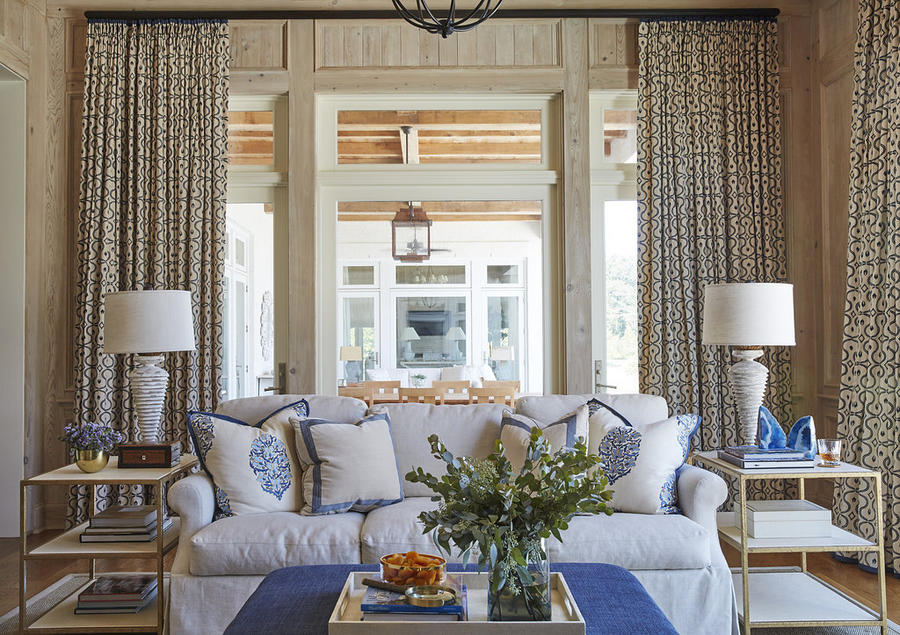
Tell me a little bit about the Jackson area—what are the projects like?
Jackson’s the capital of Mississippi and the largest city in the state, so it’s a real mix. We’ve got gorgeous historic homes in the middle of Jackson that we love to renovate for new homeowners, and a lot of business comes from a bit north of the area—beautiful subdivisions with huge lakes, a lot of new construction, and they’re big. We’ll do as much or as little as [clients] want—one room or the whole house from start to finish.
I love a wonderful mix: crusty finishes with clean, modern pieces—a gorgeous antique chandelier with an acrylic cocktail table and a beautifully skirted, fringed sofa. So when clients are building homes, we try to incorporate beautiful old beams, interesting cerused oak paneling, pretty arches and old doors. It may be new, but it still has some Southern sensibility. But you know, we’re doing a modern house in Tyler, Texas; I just completed a beach house in WaterColor, Florida; I’ve got a new-build in Mobile, Alabama. We do work all over.
How many projects are you typically working on at a time, then?
I would say between seven and eight.
And how hands on are you able to be with each one?
Completely. That’s why I have to color my hair every three weeks, because I work a lot. I always tell new designers, “This is not an easy job. We are not up here just slingin’ fabric.” You have no earthly idea the amount of work it takes to research and find exactly the right thing. And when a client says, “Well, why don’t we do this?” that one thing may change the whole room. They don’t understand how important the trained designer’s eye is, and how changing one little thing [sends] you back to the drawing board.
But mainly clients trust me and my designers. I think we’ve branded SummerHouse well enough that we’ve got a really good reputation, and they understand that we work with only the best things. Of course, we’ll [shop a mix of] high-low—I’m not above ordering something from Restoration Hardware or CB2, or whatever it takes to stay within a budget.
How do you decide what projects you say yes to? I would imagine if you’re working on seven or eight at a time, you’re turning away some.
You know what, I don’t turn [work] away. I’ve got four designers here and two in Oxford, and I will work with a designer on a project. That collaboration is super fun—I mean, we all collaborate. We work together on this thing, and I am not at all above getting my hands dirty. I’m here at this location every single day, early to late. I work on the floor, helping with merchandising—I just do everything. And that’s not being a control freak, it’s what I love to do. I think it’s why we’ve had success, because I’m really hands on with the designers I’ve got.
Some of these girls have been with me for eight years, and some of the staff people have been with me longer. Marty Smith, my operations manager—who two and a half years ago had to move to Maryland for her husband’s job—is still is on my payroll. She merchandises my floor, she goes with me to markets, I talk to her almost every day, and she has our software system in Maryland—so we all just work together beautifully.
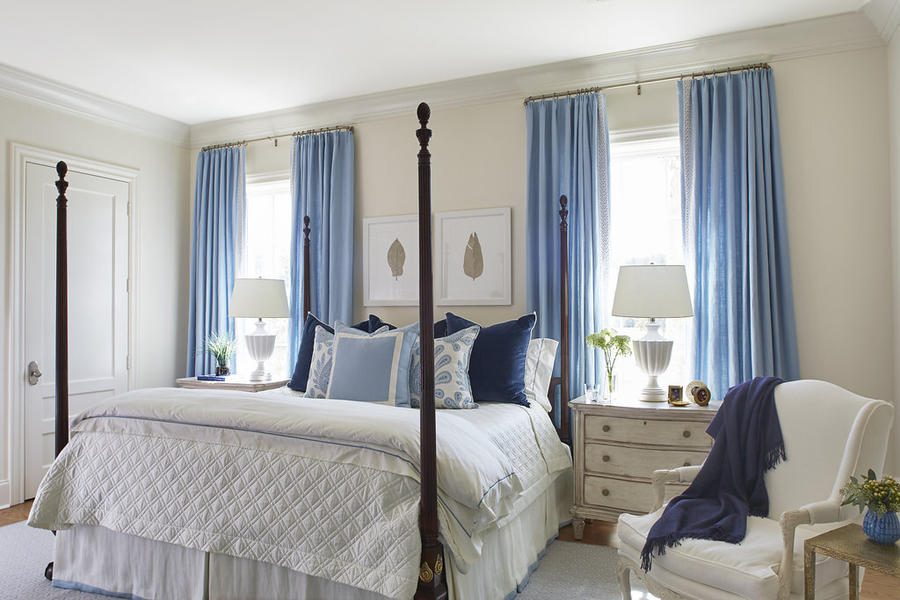
How have you hired to make that happen?
It’s hard, because a lot of young people who grow up here in Mississippi want to leave. They want to go to more progressive towns like Nashville or Atlanta or Austin or Washington, D.C. And I say progressive because there’s not a huge contingency of young people in this city. If you’re married and have kids, it’s perfect. But for single people—I’m not kidding, all three of my kids who are grown live in Nashville. I mean, they all wanted to go. So it’s hard to find talented people that want to stay here. I’ve just had to work hard to find the right people and the right mix.
Luckily, because of the reputation that SummerHouse has, I think they understand our brand—who we are and how we work. I will put out posts on social media, and that’s the best way to get the right people in here; I’ve been able to find really talented designers that way. And I have to work really hard to keep them. Seriously! We have benefits, maternity leave, paid vacations and all this kind of stuff. In fact, during the shutdown I continued to pay salaries, I continued to pay commissions—I increased commission draws at the beginning of the month, just to keep [my staff]. I mean, there are just things you’ve gotta do to make it worth their while to stay.
What was the impact of the coronavirus shutdown?
We were closed for almost eight weeks. It was really hard. I’ve never in my life experienced anything like it. I had a big staff meeting and couldn’t even hold back the tears from just the fact that I was going to miss everybody so much, and that I was going to miss opening my doors and seeing my clients come in. But we had to do what we had to do—and what we did was work social media like a beast.
We sent out pictures of the store [with messages saying], “Call us, we’ll do it remotely,” or “We’ll have personal appointments here in the store, just you and a designer.” The team had a big all-staff text message group and we staggered the staff to come in and work on projects. They were doing Zoom meetings and FaceTime and showing [clients] things, so we never fully stopped. I mean, you don’t have to depend on catalogs anymore—everything’s online, so we could do research at home. We kept getting tons of social media inquiries: “How much is that?” “What’s the size of that?” “Send me more pictures.” “What kind of things do you have outdoors right now?” And we’d go to the store, take pictures and send them. We definitely took a hit financially, at least that first month, but the PPP money helped incredibly, we have a Back to Business Mississippi grant, and we got our SBA low-interest loan.
What was that loan application process like?
Seven of us Jackson-area retailers started a little text group—two high-end ladies’ clothing lines, two other designers and me, and a woman with a high-end stationery and gift shop. We all started talking, like, “Hey, have y’all gotten that form in?” “This is what my banker told me.” “This is what my banker told me.” “Hey, you need to apply for this, and you have to have this, this and this.” It was this fantastic meeting of the minds. You know, I never really thought of these other two design companies as competitors, really, but in a way we sort of are—but not during this. We’re all in this together, and it was extremely helpful.

What are the biggest challenges or changes you’ve seen since you first opened the showroom?
Definitely online. We have people that come in and say, “You know I can get this online at blah blah blah [price],” because they don’t quite understand the importance of walking into a showroom. We have made changes here and there, and we’re making the experience for the customer so much better. Our client service has been number one in my book—since I opened, it was all about making relationships. I’ve been doing that the whole time, but we’re having to just make it even [better].
How do you do that?
We [contribute to] so many fundraisers that other people have by donating items, our time and gift cards, and in our community that really means a lot. I just try to do what I can for the community as much as possible, and I think that helps. People come in and go, “You gave back to what I was a part of.” It makes me feel good to do it, and it sets us apart from the online stores because you can’t ask Amazon to help you with your church or school fundraiser.
As far as the [in-person retail] experience, you just want to make the environment beautiful—and have things that are not as [easy to] shop [elsewhere]. I’ve had to change my tags, so I don’t say the name of the piece or the fabric name like we used to. I do have, “No photography please” signs up, but you’ll still find a customer who will lift a cushion and take a picture. It’s crazy. But you know, it’s just going to happen, and we’ve pretty much learned to live with it. We’ll price-match if we can. But customers also have to understand that it takes so much money to be in a beautiful shopping area with this kind of staff and support—and because I’m not a corporation and it’s me owning this business, if you don’t like it [and want to return it], I’ll take it back. We just try to give the absolute best [and most consistent] client service we can.
How has the design side of the business changed?
When I first started, 75 percent of my business was walk-in sales off the floor and 25 percent was design business projects. It has completely flipped—almost to the penny. Now, 75 percent of the business is design projects and 25 percent is floor sales.
Which one is a better or more sustainable business?
I was doing really well at both! The first five, six, seven years I was in business, we were selling the most out of stock. Now, we’re making better margins and doing a little better on design projects. It’s also extremely fulfilling—we can customize it and it’s creative.
Do you source from the store in your projects?
I still stock furniture, and I have back stock as well, because it’s my calling card. It’s just who we are: This is our look, this is what we do, and your home could be this beautiful. Plus, people do love instant gratification. When we’re doing a home, we will sell maybe 20 percent off the floor, but the rest is all custom.
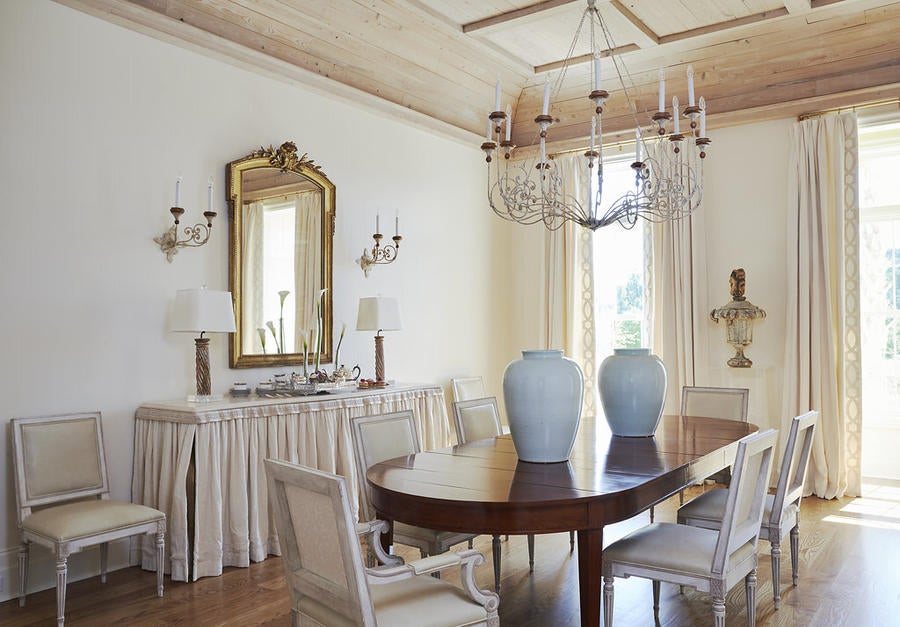
Where else do you shop?
High Point is big. We go twice a year for about a week and go super early so we get one-of-a-kinds. We also do the Atlanta market and New York market for gift. I have some great one-of-a-kind sources, as well—last weekend, Marty and I and one of my antique sources got on a FaceTime call and she walked us through her warehouses and we bought $15,000 worth of antiques that way. I’ve got lots of sources and antique stores that give us good trade discounts for one-of-a-kind pieces.
What’s the biggest challenge you see facing the design industry today?
I feel like what I’m seeing on social media and sometimes in magazines is so homogeneous—it’s just starting to look the same. I want to see more individuality in design! When I was starting out, I wanted my own look, and I didn’t want this piece to be in anybody else’s house! And I still feel that way. I mean, luckily we still have stars—incredible designers out there doing amazing things. I just worry about the younger people coming up and the training that they’re getting, or if what they see is, “I want it to look just like that person,” “I’m going to copy that house,” or “I’m going to copy that room.”
I remember several years ago we had a big thing with Lee Industries here, a Lee Loves Local event with Traditional Home, and on the panel discussion I remember saying, “Y’all, stop with the all-white rooms.” I mean, I love a white room like anybody else, but why is every young designer wanting to keep copying everything over and over? The grande dame designers like Bunny Williams or Gerrie Bremermann from New Orleans—they just had this special thing about them that you couldn’t really duplicate.
Do you think that’s something that’s always quietly existed and we’re all just aware of it now because of social media, or do you think it’s a new phenomenon?
When you look at, say, the interiors of the mid-century, and even the 1940s and ’50s—yes, there were a lot of super-low, long Lawson sofas. And there were a lot of round, flat pillows, you know what I’m saying?
The hallmarks of an era.
Right. I guess every period has its look, but I hope that white-painted brick houses and interiors that are white and blue are not going to be where everybody’s like, “Oh, that was the 2020s.” But then, I am just not about trends. I want a home to be timeless—and luckily, I’ve got clients that say, “You know that house that you did for us 12 years ago? I still love it.” That’s just the best compliment I could ever ever get. So let’s keep the creativity going.
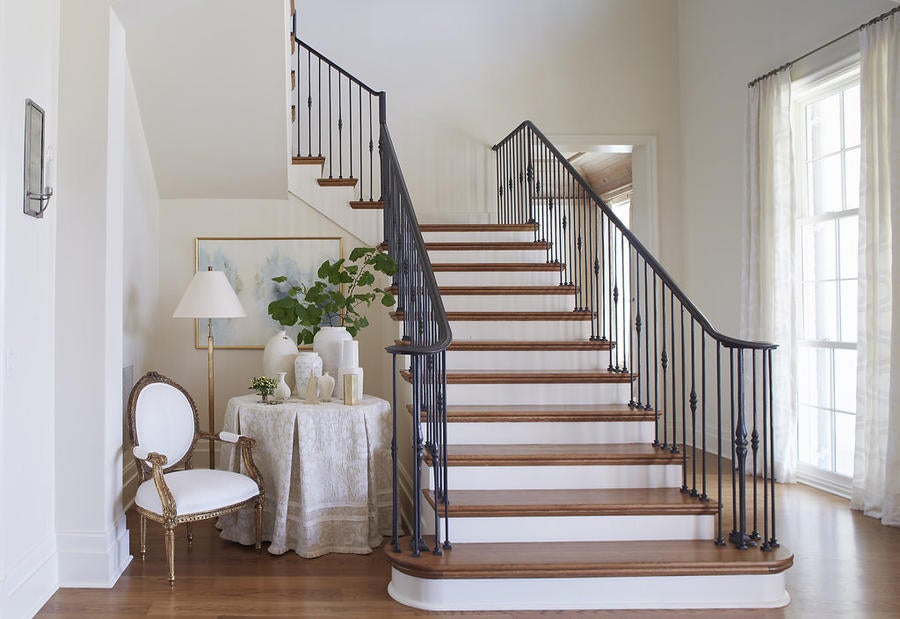
How do you approach billing for your design work?
We work with clients on an hourly basis on the building or renovation phase of a project, and then when it starts, and if you purchase your goods from us, then we don’t charge for that time. We sell the goods at retail. But our retail is not MSRP—it’s our retail, which is lower than MSRP. We sell the goods at retail but we also give a discount for quantity.
Have you always done it that way?
I really hate charging for time, I swear—I’m too ADD to keep up with all that, but I’ve always done it that way. Maybe if I didn’t have the retail [side], I would have started out differently and worked a cost-plus like a lot of designers do. What we want to do in the long run is sell the goods, because we know that we’re going to get the right things in the house and it works out. People don’t want to be invoiced to death for every minute that they talk to you. They just want to say, “Let me know how much it’s gonna cost.”
Have you seen the attitude towards design fees changing?
I mean, we’ve got to be transparent.
Has that always been true?
No.
When did that happen?
It was in 2008, 2009 and 2010, when the market crashed and everybody walking in here said, “What’s my price?” I’d never heard it before—I was never a car lot kind of a business, but the furniture industry kind of became that way. Oh, if you just ask! I heard people on TV saying, “Just ask for the discount! What’s the harm?” Me, I’m thinking, No! I put the price of my goods on the floor for a reason, and that’s so I can pay salaries and the light bill and my rent and [for everything else]. So when it became, “What’s my price?” I was floored, but we weathered it. It was not easy. But we came out great, and after that we probably had some of the better years that we’ve ever had.
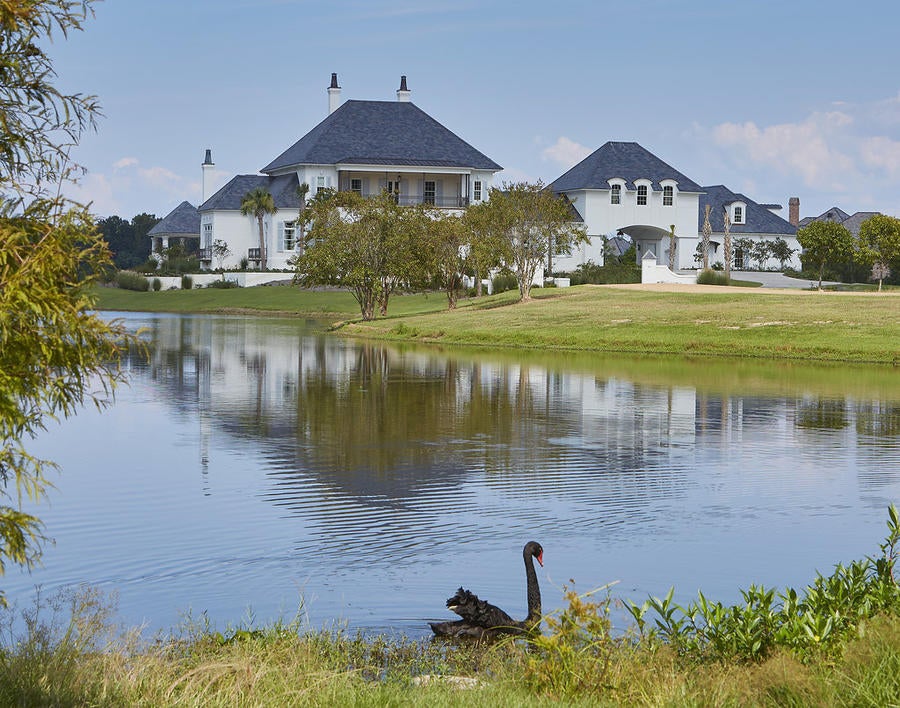
What’s inspiring you right now? And what are you excited for in the months to come?
I just want to see my clients. If we can, I want to get back to a healthier [social] environment—back to football games and sports events and concerts. It’s weird that that’s what’s inspiring me—I almost tear up just saying that because I miss my clients so much. I miss seeing their faces and their families walking in here. So my inspiration is just seeing my community back in our store and shopping with us. I want to shake their hand, I want to hug them!
Have you seen business rebound as the state started to open up?
Yes, 100 percent. We had a really, really good May, and June has already been gangbusters.
Do you think there’s truth to the idea that people are spending more on their homes right now?
Absolutely. We are doing so much outdoor furniture, it’s crazy. I believe for so long, people just passed through their homes. They come home, drop their stuff off, put out their to-go food, watch TV and go to bed. Now, they’re living in their homes! They’re seeing their homes for the first time, I think, and it’s really helped our industry. I’ve got to say, if there’s a silver lining, that’s definitely it.
To learn more about Lisa Palmer, visit her website or find her on Instagram.
















